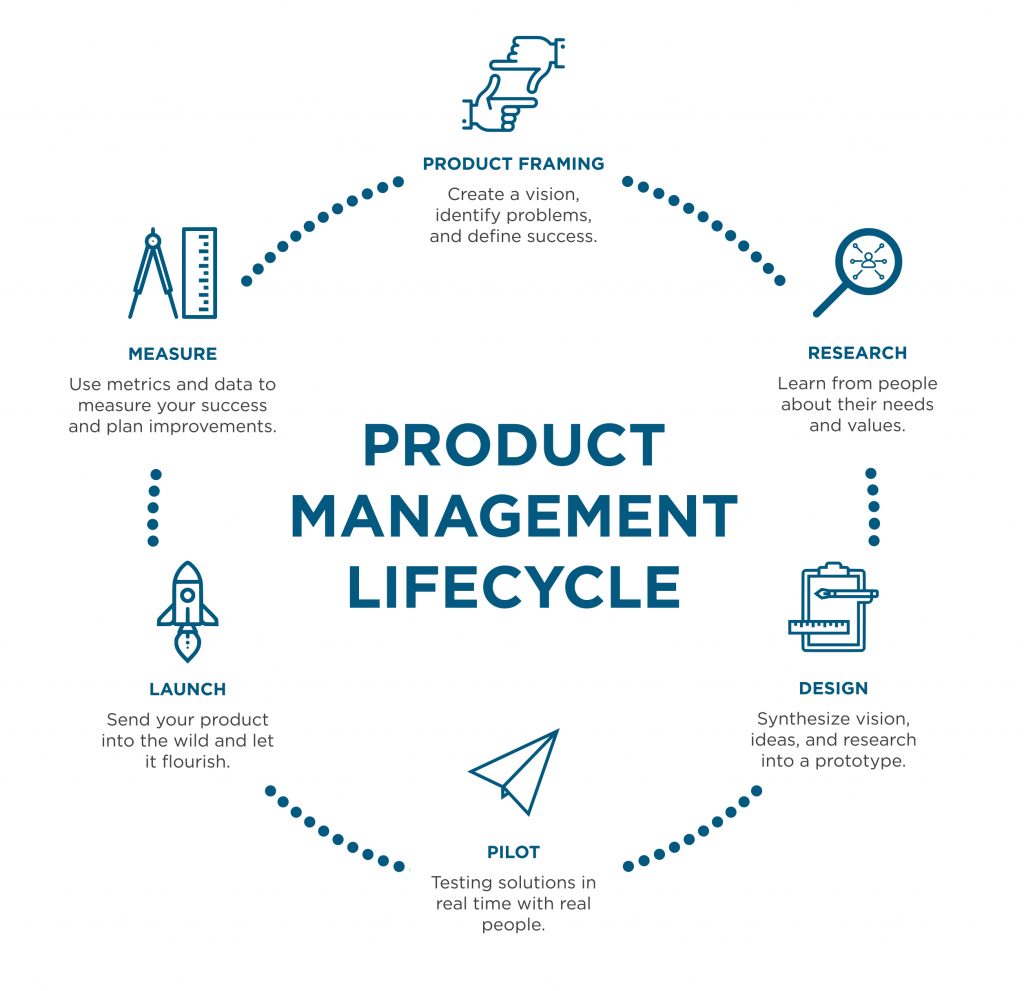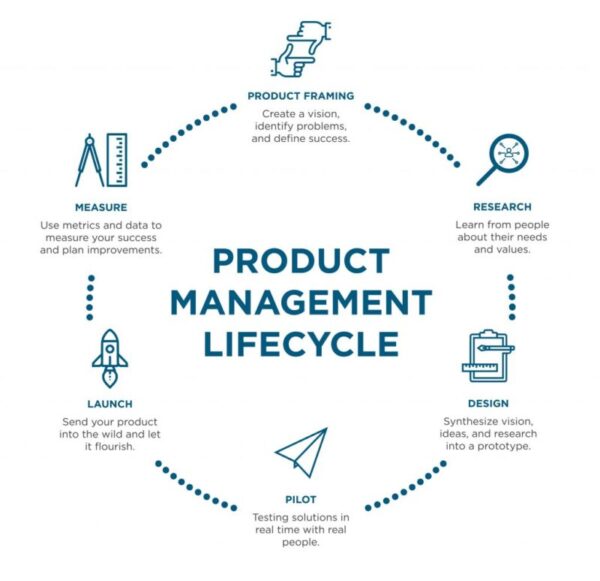Table of Contents
ToggleKey Takeaways
-
- Senior Product Manager: Focuses on driving the product’s vision, roadmap, and execution, leading to improved market success.
-
- Digital Growth Strategy: A robust strategy to increase brand awareness, customer acquisition, and revenue generation through innovative marketing tactics.
-
- Product-Led Growth (PLG): A strategy that puts the product at the center of growth, enabling customers to experience the value firsthand.
-
- Go-To-Market Strategy (GTM): A critical component for launching products, ensuring that the business reaches its target audience effectively.
-
- SEO/SEM: Enhances digital visibility and traffic, driving qualified leads and customer conversions.
-
- Marketing Automation: Streamlines marketing efforts, ensuring better customer engagement and optimized campaign performance.
-
- Pricing Strategy: Ensures products are competitively priced to maximize profitability while aligning with customer expectations.

1. The Role of a Senior Product Manager
What Does a Senior Product Manager Do?
A Senior Product Manager (PM) is a strategic role responsible for overseeing the lifecycle of a product from ideation to market release. The PM aligns the product vision with business goals, ensuring that the product meets customer needs while also achieving the company’s growth objectives. This role involves cross-functional leadership, data analysis, and strategic decision-making.
“A great product manager doesn’t just oversee development; they align the product vision with the market’s evolving needs, ensuring every step leads to growth and success.”

How to Leverage a Senior Product Manager for Business Success
Hiring a Senior Product Manager ensures that your product development aligns with both market demands and internal business strategies. This can lead to improved product market fit, increased customer satisfaction, and ultimately, greater revenue growth.
2. Mastering Digital Growth Strategy
What is Digital Growth Strategy?
A Digital Growth Strategy focuses on leveraging online channels to boost customer acquisition, engagement, and retention. It involves the use of various tools, such as SEO, social media, email marketing, and paid advertising, to drive business growth.
Key Digital Growth Tactics for Business Growth
To create a successful digital growth strategy, businesses need to:
-
- Analyze market trends: Identify new opportunities.
-
- Engage with customers: Utilize social media and email marketing for targeted engagement.
-
- Use SEO and SEM: Optimize your website and campaigns to drive traffic.
3. The Power of Product-Led Growth (PLG)
What is Product-Led Growth?
Product-Led Growth (PLG) focuses on utilizing the product itself as a tool for customer acquisition, retention, and expansion. By offering customers a hands-on experience with the product before committing to a purchase, PLG strategies drive sustainable growth.
Benefits of PLG for Startups
PLG helps startups scale rapidly by reducing friction in the sales funnel and encouraging organic growth through product use. It also provides valuable customer insights to improve the product based on user feedback.

4. Crafting Effective Go-To-Market Strategies (GTM)
The Importance of a GTM Strategy
A Go-To-Market (GTM) strategy is essential for ensuring that your product or service successfully reaches your target audience. It outlines the positioning, messaging, pricing, and marketing efforts that will drive the product’s launch.
“A successful go-to-market strategy isn’t built on guesswork; it’s rooted in data, deep market understanding, and a clear vision of where the product fits in the market.”
Steps to Create a Successful GTM Strategy
To create an effective GTM strategy, follow these steps:
-
- Conduct market research to understand your target audience.
-
- Define your value proposition and product positioning.
-
- Develop a comprehensive marketing plan and sales strategy.
5. Leveraging SEO/SEM for Maximizing Visibility
Understanding SEO vs. SEM
SEO (Search Engine Optimization) involves optimizing your website to improve its ranking in organic search results, while SEM (Search Engine Marketing) uses paid advertising (Google Ads) to boost visibility in search engines.
How to Use SEO/SEM for Business Growth
-
- SEO: Focus on creating high-quality, relevant content to improve your search ranking.
-
- SEM: Run targeted ad campaigns to drive immediate traffic and leads.
6. Streamlining Success with Marketing Automation
The Role of Marketing Automation
Marketing Automation involves using software to automate marketing tasks such as email campaigns, social media posts, and lead nurturing. This helps businesses engage customers more effectively while saving time and resources.
Best Tools and Practices for Effective Marketing Automation
Popular marketing automation tools include HubSpot, Marketo, and Mailchimp. These tools help businesses streamline their marketing efforts and track campaign performance.
7. Pricing Strategy for Sustainable Profitability
How to Develop an Effective Pricing Strategy
A well-structured pricing strategy aligns the product’s price with its value while considering competitors and customer demand. Common pricing strategies include:
-
- Penetration Pricing: Low initial price to attract customers.
-
- Value-Based Pricing: Price based on the perceived value to the customer.
“Pricing is more than a number—it’s the way your product’s value is communicated to your customers, and the right price can unlock significant growth.”
The Impact of Pricing on Business Growth
Pricing directly affects customer acquisition and retention. By using the right pricing strategy, businesses can enhance their profitability and market competitiveness.
Conclusion
In today’s fast-paced business environment, having a comprehensive strategy that includes Product Management, Digital Growth, SEO/SEM, Marketing Automation, and Pricing is essential for success. As a Senior Product Manager and Growth Marketing Specialist, Nazish Khan is dedicated to helping businesses unlock their full potential and drive sustainable growth.
Frequently Asked Questions
What Does a Senior Product Manager Do?
A Senior Product Manager oversees the product lifecycle, ensuring it meets market needs and aligns with business goals.
How Can a Digital Growth Strategy Help My Business?
A digital growth strategy optimizes your online presence, helping you acquire and retain customers, increase brand awareness, and boost revenue.
Why is Product-Led Growth Important for Startups?
PLG enables startups to grow by offering customers hands-on experiences with the product, reducing friction in the sales process, and encouraging organic growth.
What is the Difference Between SEO and SEM?
SEO focuses on organic search results, while SEM involves paid advertising to boost visibility in search engines.
How Can Marketing Automation Boost My Business?
Marketing automation streamlines your marketing efforts, saves time, and improves customer engagement, leading to higher conversion rates.
How Do I Create a Winning Pricing Strategy?
A winning pricing strategy balances value, customer demand, and competitive pricing to maximize profitability.

